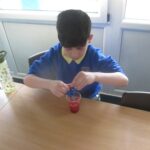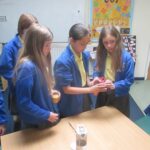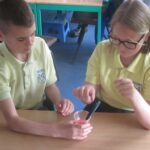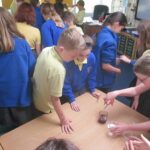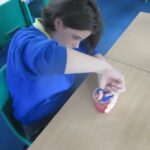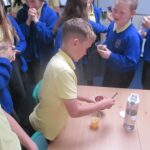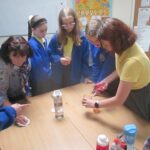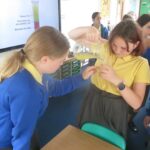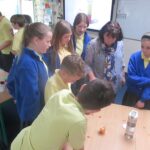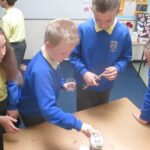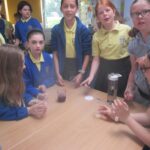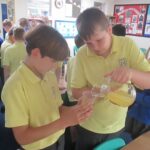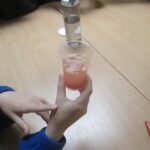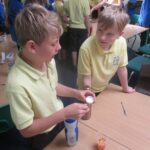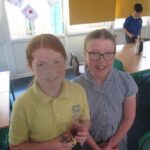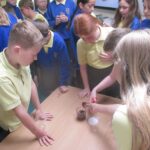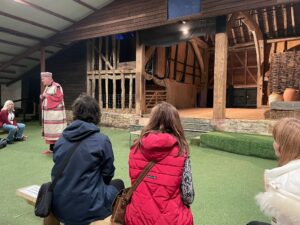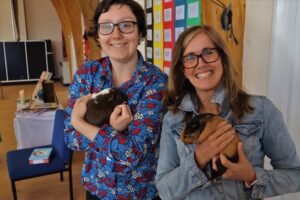This week, we have been learning Science through experimentation. Firstly, we learnt about different types of microorganisms. Microorganisms (also known as microbes) cannot be seen by the naked eye (micro means tiny and organism means a living creature).
The five types of living microorganisms are bacteria, viruses, fungi, algae and protozoa. 1-Bacteria can be rod- shaped, spiral-shaped or spherical. Some bacteria can be useful, such as certain types found in the stomach, but other nasty
kinds can give you a bad tummy ache or a sore throat.
2-Viruses are simple microbes, they can’t do much by themselves. They need a host (another living organism) that gives them everything they need in order to function. Viruses take any opportunity they can to find a host. They get inside the host’s cells and take over. They can cause infectious diseases, such as chicken pox or measles.
3-Fungi can be different sizes ranging from a single cell, like yeast (used to make bread rise), or other fungi such as moulds or toadstools. 4-Algae can also be many different sizes – some single-celled algae are actually used in toothpaste! 5-Protozoa are single-celled organisms and can cause many diseases, although they are occasionally helpful too.
To understand microorganisms, we are growing mould in bread. We used plain pieces of white bread, and we added either water, vinegar, salt or sugar. We are observing the results of the experiment and collecting data. Next week we will decide whether our original hypothesis was correct.


